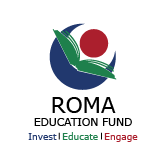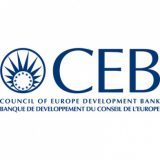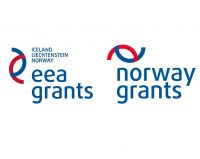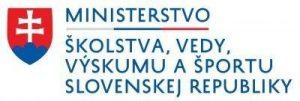The country report „Equal Access to Quality Education for Roma in Hungary” prepared by the Open Society Institution EU monitoring and Advocacy Program (EUMAP) in collaboration with the Chance for Children Foundation amongst others has been first introduced to public in Tiszabura, Hungary last Wednesday (13.06.2007).
The presentation of the report was accompanied by a monitoring visit to the local primary school. Parallel to the event, a Japanese newspaper selling one million copies daily published an article on the segregation of Roma children in Hungarian schools.
The country report „Equal Access to Quality Education for Roma in Hungary” prepared by the Open Society Institution EU monitoring and Advocacy Program (EUMAP) in collaboration with the Chance for Children Foundation amongst others has been first introduced to public in Tiszabura, Hungary last Wednesday (13.06.2007).
The presentation of the report was accompanied by a monitoring visit to the local primary school. Parallel to the event, a Japanese newspaper selling one million copies daily published an article on the segregation of Roma children in Hungarian schools.
Erzsebet Mohacsi, director of Chance For Children Foundation, Hungary explained that the country report has been prepared according to previous EUMAP reports that review the situation of Roma in the Hungarian education system, evaluating the education policy and their effect in practice of the Hungarian Government. Besides, it provides data about the main orientation of education and on case studies of three Hungarian settlements. As Ms. Mohacsi sais, the report contains Bulgarian, Romanian and Serbian country-reports as well.
Mihai Surdu, researcher of EUMAP, declared that in Hungary, Romania and Serbia the rate of Roma children studying in segregated educational institutions are disproportionately high; they all receive poorer level of education. According to his disclosure, one quarter of Roma children in Hungary study separated, and the rate of those studying by special curricula may reach 40 %.
Meantime, a Japanese paper selling one million copies daily published an article on segregated Roma pupils in Hungary. The journalist visited different settlements in the country with the colleagues of the Chance for Children Foundation.
The article starts off with the „Story of Tímea”, who after finishing primary school sent her application to a high school and her entry was refused by the high school director , claiming that “this high school does not accept students from the primary school” where she had pursued her studies .
Apparently, 90 % of students in Tímea’s primary school are Roma while the primary school not even half mile away has about 10 % of Roma pupils.
Other high schools, where she sent her application packages kept up with the routine constantly humiliated her because of her Roma origin.
Finally, her entry was accepted in a high school, but even though she applied for admission in the cook class she was placed in the gardener class that resulted her drop out of school in the end.
The Japanese paper reports on the statements of the EU report on minorities, according to which in some countries of the European Union, Roma students are disadvantaged because of their origin.
In Hungary and also in the Czech Republic, primary schools try to reduce the number of Roma children accepted by implementing entrance exams. Gábor Daróczi, advisor to the Hungarian Ministry of Education is addressed in the article in what he states that „ discrimination in schools does exist.” Political advisor Daróczi added that there are almost 200 high schools similar to the one that Tímea attended, where the majority of students are Roma, at about 90 % of them.
According to Daróczi, desegregating endeavour of the Hungarian Government is usually set back, even disconcerted by the resistance of the sustaining local self-governments.

















